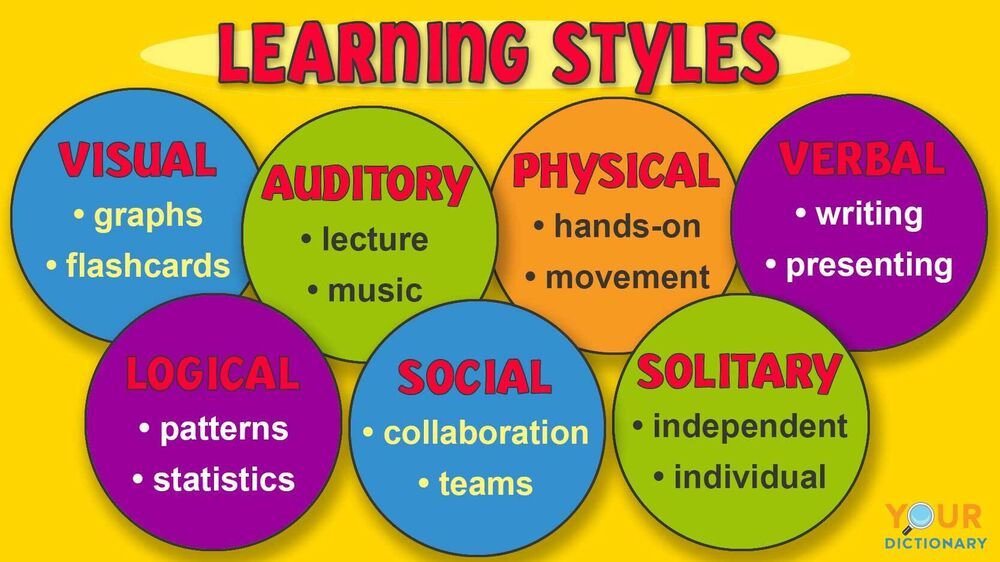Journey2Genius.com
GENIUS HOUR
strategies we use

Genius Hour is a special time set aside for students to explore their own passions, curiosities, and creative ideas. During Genius Hour, students choose a topic or project that excites them something they genuinely want to learn, build, or solve and spend dedicated time researching, experimenting, and creating. Guided by curiosity and supported by teachers, students learn how to ask meaningful questions, set goals, manage time, and share their discoveries with others. This approach not only strengthens critical thinking and problem-solving skills but also ignites a love for learning by giving students ownership of their education. Genius Hour celebrates individuality, creativity, and the idea that everyone has a spark of genius waiting to be uncovered.Genius Hour is the one hour needed per week to uncover the genius within. It starts with understanding how one precesses information. Understanding one's learning style/preference gives insight into how one learns best. Once you identify the different ways you learn best, use this information to create a plan of action to excel in a traditional classroom. Within our Genius Curriculum, we include Universal Design for Learning (UDL) strategies because of its effectiveness.
Differentiated instrutional strategies
Using Universal Design for Learning (UDL) in the Genius Curriculum ensures that every student has an equal opportunity to discover and develop their unique talents. UDL provides multiple ways for students to engage with content, express their learning, and access information making the curriculum flexible and inclusive for all learners. By designing lessons that accommodate different learning styles, abilities, and interests from the start, students can learn in ways that best fit their strengths. This approach not only increases participation and motivation but also fosters a sense of belonging and confidence. Through UDL, the Genius Curriculum empowers every child to succeed by removing barriers to learning and allowing their personal genius to shine.
Using differentiated instruction allows teachers to meet the diverse needs, interests, and abilities of every student in the classroom. By tailoring lessons, activities, and assessments to match individual learning styles and readiness levels, educators create more meaningful and accessible learning experiences. This approach helps all students stay challenged and engaged—whether they need extra support or enrichment opportunities. Differentiated instruction also fosters confidence and ownership of learning, as students feel seen, valued, and capable of success. Ultimately, it promotes equity in education by ensuring that every child has the opportunity to grow and reach their full potential in a way that honors their unique strengths and pace of learning.
